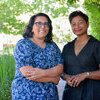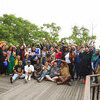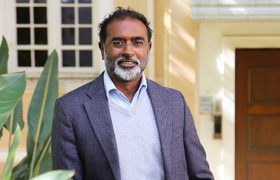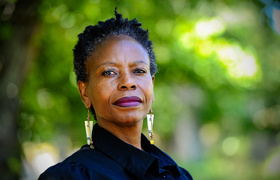Professor Julian Beinart 1932–2020
02 October 2020 | Written by Kevin Fellingham. Photo Supplied. Read time 4 min.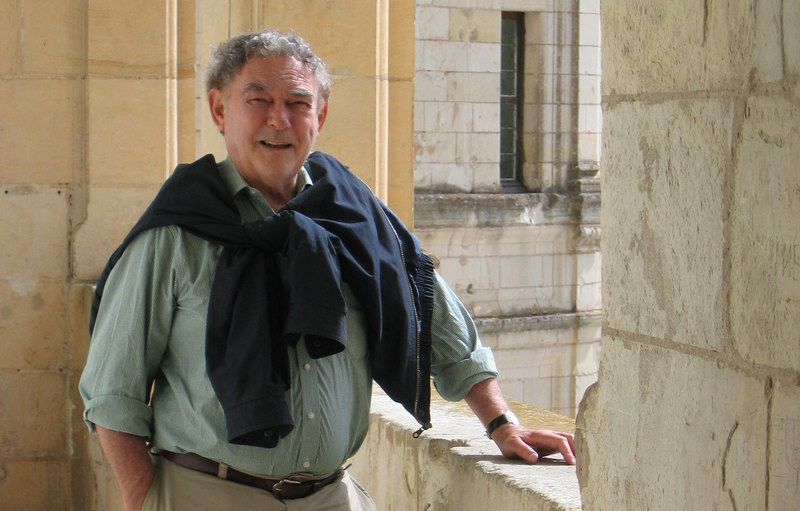
Julian Beinart, a former professor and the dean of Architecture at the University of Cape Town (UCT) (from 1965 to 1969) passed away on 2 October 2020.
Beinart was born in 1932 in Malmesbury in the Western Cape, and graduated with a B.Arch from UCT in 1954. He then undertook further studies in the United States, graduating with a master’s in architecture from the Massachusetts Institute of Technology (MIT) in 1956 and a further master’s in architecture and city planning from Yale University in 1958. He was the last Herbert Baker Scholar at the British Academy in Rome in 1961.
Beinart returned to South Africa to teach at the University of the Witwatersrand in 1962. In 1965, at the age of 33, he was appointed Professor of Architecture at UCT. Two years later he became the dean.
This period in South Africa was characterised by an intense engagement with the then decolonising and emerging post-colonial cultures of Africa. In collaboration with Amâncio d’Alpoim Miranda “Pancho” Guedes (1925–2015) and Ulli Beier (1922–2011) Beinart organised and documented basic design workshops in South Africa, Mozambique, Zimbabwe, Kenya and Nigeria, which were intended to encourage an emergent African modernism.
Working with his students, Beinart documented and analysed the wall decorations made by residents of South African government-built houses in the Western Native Township in Johannesburg, showing them to be evidence of the residents’ civic pride in the face of the State’s racial segregation. It was not only visual art and architecture that he supported, Beinart was also active as a producer of African jazz and an editorial adviser.
A period as visiting professor at MIT led to a permanent appointment at the institute. During his tenure he undertook two terms as program chairman. In 1979 he took over the Theory of City Form from his mentor Kevin Lynch (1918–1984). This lecture course stood at the intersection between the architecture, urban design, planning and real estate programmes, and at the intersection between history, theory, sociology, economics, design and culture.
This course was Beinart’s masterpiece. He explained, took apart and re-assembled both cities and the theories by which he had come to understand cities and theories. He had a mind that penetrated to the core of any argument, taking apart the strands which made it up, and questioning whether they were correctly joined. This made him a fearsome critic, a brilliant lecturer and a fine writer, who wrote less than he might have because he applied that penetrating rigour to his own thought.
Despite or because of this gift of criticism he was able to enable his students and colleagues to bring their ideas, essays, theses and books to fruition. Behind this intellect he showed a real human warmth. He was immensely proud of the achievements of his students and those of his children. This care was reflected on the day of his last lecture, in 2013, when 50 former students gathered from around the world to honour him.
He ended every speculation or dissection, always backed by encyclopaedic knowledge with “Oh I don’t know?” – the uncertainty which came from wisdom, always leaving things open for further thought.
 This work is licensed under a Creative Commons Attribution-NoDerivatives 4.0 International License.
This work is licensed under a Creative Commons Attribution-NoDerivatives 4.0 International License.
Please view the republishing articles page for more information.





